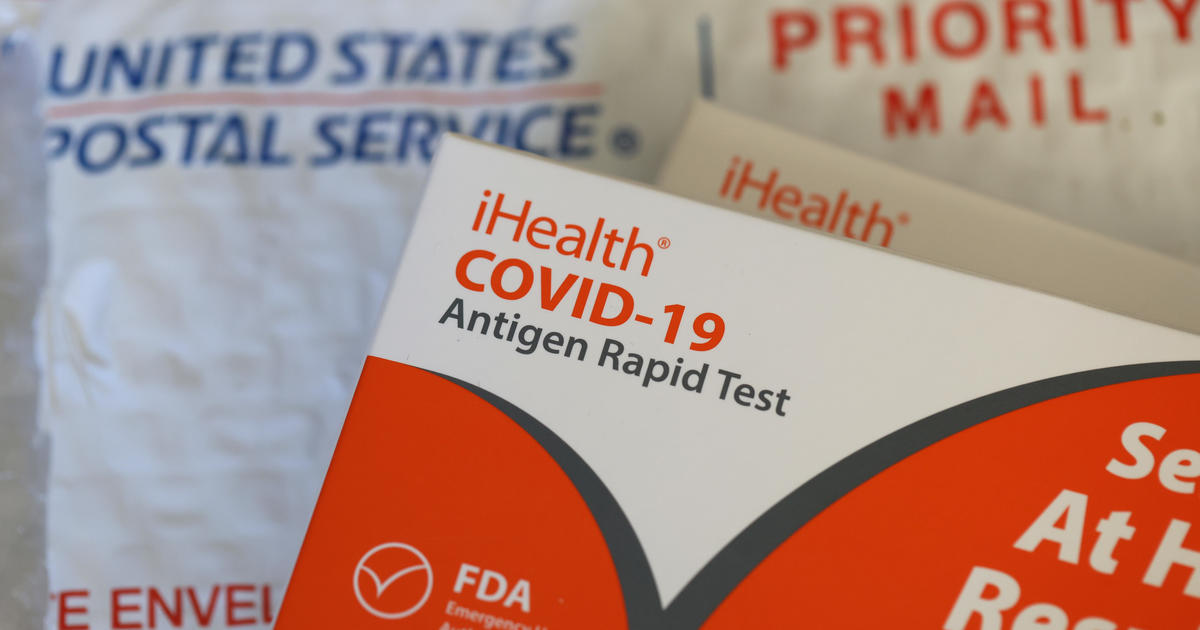The U.S. government’s initiative to provide free COVID-19 tests through COVIDTests.gov has successfully distributed millions of tests to Americans. However, as the program progresses, concerns have arisen regarding the expiration dates of these tests. While all tests shipped were within their initial shelf life, many now arriving are nearing their expiration dates due to the program’s reliance on existing inventory and the decreased demand for tests following the peak of the pandemic. This raises important questions about the effectiveness of the program and the management of its resources, particularly concerning the disposal of potentially expired tests. This article will explore the issues surrounding the expiration dates of the free COVID-19 tests and the strategies implemented by the government to manage the program’s resources efficiently and minimize waste.
Expiring COVID-19 Tests: A Closer Look
The COVIDTests.gov program, managed by the Administration for Strategic Preparedness and Response (ASPR), aimed to provide free at-home COVID-19 tests to Americans. The program successfully shipped approximately 20 million out of 32 million ordered tests, with each test having a minimum shelf life of two months. However, due to the decrease in demand for COVID-19 tests after the pandemic’s peak, the program is now shipping older tests from existing inventory, leading to concerns about imminent expiration dates. This situation isn’t necessarily a problem; as long as the tests are used before expiry, this efficient usage of already-purchased resources represents an effective strategy to minimize waste. However, some people may hesitate to use an approaching-expiry test.
The “First-In, First-Out” Approach
The ASPR employs a “first-in, first-out” (FIFO) inventory management system, ensuring that the oldest tests (still within their usable shelf life) are shipped first. This method aims to minimize waste by using tests before they expire, and the same approach extends to the 7 million tests distributed weekly to locations like food banks and libraries. While the system’s effectiveness is evidenced by its reduction in wasted inventory, potential logistical complexities remain in managing a large quantity of tests spread over multiple warehouse locations.
Initial Expiration Dates and FDA Extensions
Many COVID-19 tests purchased earlier in the pandemic had shorter initial expiration dates than what is currently found on newer tests due to manufacturers only later being able to obtain the longer-validity approval from the Food and Drug Administration (FDA). The FDA’s subsequent extension of these expiration dates ensures that tests remain usable long after their initially printed dates, providing further reassurance. However, inconsistencies might occur regarding labelling between tests if these extended periods haven’t been reflected clearly on the physical packaging or digital database.
Managing Stockpiles and Ensuring Timely Delivery
The ASPR leverages robust databases across seven warehouses to track test inventories and prevent the shipment of outdated tests. This system allows for meticulous monitoring of each batch and supports the FIFO methodology. Despite this, communication about potential expiry dates remains a key area of concern to enhance user confidence in utilizing these free, government-supplied test kits. It is the users’ responsibility to verify the expiry date prior to administering any test to ensure a reliable result.
Robust Inventory Tracking System
The ASPR uses a sophisticated system to monitor the locations and expiration dates of all tests stored in its seven warehouses, and to facilitate efficient distribution of kits before expiry. By proactively identifying those with nearing expiry dates, they ensure that testing supplies are not wasted, leading to an optimized distribution procedure. Their system is meant to reliably ensure that no test kit will be shipped past its expiry, allowing for maximum efficacy and minimizing wasted inventory.
Addressing User Concerns
Open and clear communication is crucial in ensuring the success of programs like COVIDTests.gov. Addressing user concerns about the expiration dates of the tests through clear instructions on the tests themselves or accompanying materials would build user confidence and promote usage of still-usable tests, thus helping further reduce unnecessary wastage. It would also emphasize how effective inventory management prioritizes resource efficiency and minimizing environmental impact.
The Future of COVID-19 Test Distribution
As the demand for COVID-19 tests continues to decline, optimizing distribution strategies to avoid significant inventory build-up becomes crucial. Refining the current system to account for these fluctuations while preserving the efficiency seen in handling older inventory would further reduce waste and strengthen future responses to health crises. Regular assessment and updates to this system will further increase its efficiency and sustainability.
Continuous Evaluation and Improvement
ASPR is constantly reviewing the efficiency and resource management methods for COVID-19 tests. Evaluating and improving their system’s resilience will allow ASPR to proactively address challenges. Learning from the COVIDTests.gov initiative allows them to refine their strategies to optimally manage their supply chain. Adaptability to shifts in public health demand is vital in successfully implementing any testing program.
Takeaway Points
- The COVIDTests.gov program has effectively distributed millions of free COVID-19 tests.
- The program utilizes a “first-in, first-out” approach to minimize waste.
- Tests nearing expiration dates are being shipped, raising concerns, yet they are still within their usable timeframe.
- ASPR uses a robust inventory tracking system to ensure only usable tests are sent. Improved communication could better reassure users.
- The ongoing monitoring and adaptation of distribution strategies are critical for future preparedness.




